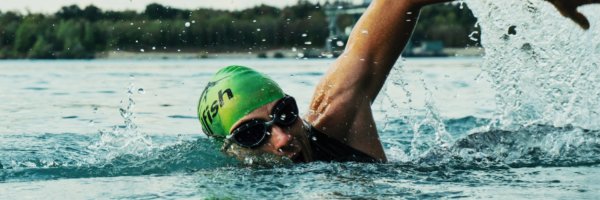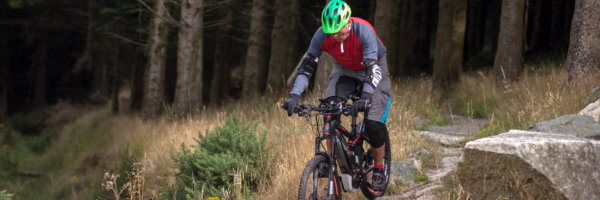Thinking of rowing across an ocean? We caught up with ocean rowing veteran Danny O’Brien to find out everything you need to know before taking on this massive challenge.
If you are well acquainted with the world of adventure, extreme sports and epic endurance events, you will have heard the following stat many a time: more people have been into space or climbed Everest than have rowed the Atlantic. If you are anything like us here at Outsider HQ, then that very statement adds immensely to the appeal of rowing across an ocean.
If it’s something that is simmering away at the back of your mind, this is basically how you go about doing so from someone who has actually done it! Danny O’Brien (28) is an aircraft technician from Co Kilkenny. In 2017, Danny and a team of four others rowed from Lagos, Portugal to Cayenne, French Guiana. A route that is 500 miles longer than the more popular route from the Canary Islands to Antigua.
We caught up with him to talk about his experience out in the big blue and to find out what key questions you must ask yourself before taking on this mammoth challenge.
Check out this edit of Danny’s year to get a glimpse of what is ahead (rowing from 2:24).
Find A Crew/Or Go Solo
First things first, are you going to do this alone or are you going to gather a crew? The follow-up question if you choose the latter is, is your crew going to be a group of friends or strangers?
Danny opted for strangers, “My friend came across a Facebook post of a group of guys that were doing it and who were looking for crew members. I didn’t know the crew, we went training together for a weekend beforehand and we didn’t meet again until we were departing.”
The obvious worry here is that you won’t get along with your new teammates on this tiny boat out at sea. And Danny’s answer to that says it all, “Well that is the thing, we didn’t. There was one guy, in particular, that was trying to start fights. There were three British guys. One of them was lovely. The other two were ex-military, they weren’t used to been in a situation that they couldn’t control. When we got bad weather and bad waves which is what I’m used to from all the kayaking I do, plus I’m in the military as well so I expected a lot more of them but they couldn’t deal with the scenario of not been able to control their environment and they ended up kind of setting on each other.”
“And I was just there smiling away to myself and thinking this is one of the happiest moments of my entire life.”
Danny’s advice when making this all-important decision is as follows. “There’s a couple of different ways that you can go about it. If you take people that you don’t know before the start, you might be friends when you finish or you walk away from it and you are not friends. Or what happens with a lot of people, you go with your best friend and they finish it and they never talk again. Rowing an ocean on your own is physically harder on the body but rowing with a team is probably psychologically harder. You’re trying to deal with that small space and that small environment with other people and no matter how well you get on with them, there is going to be something that might annoy you a little bit. It’s very difficult to get your own space or to be on your own.”
Meet the Oldest Woman Ever to Attempt to Row An Ocean Solo (And She’s Irish!)
Decide Whether to do it as Part of An Organised Race or Independently
The second decision you have to make is whether to do it totally independent or to do the crossing as part of an organised race like the Talisker Whiskey Atlantic Challenge.
“So they run the Talisker every year, it’s pretty much a straight line from the Canaries to the Carribean. The winds blow off the Sahara and blows you straight across the ocean. We wanted to do one that was a little more difficult and hadn’t really been done that many times before.
Also, the price of doing it independently was a lot cheaper. It cost me €15,000 to do that row. If I was to do the Talisker Whiskey Challenge, it’s €20,000 just to enter the race and then you have to pay for your boat and all your kit on top of that. The Talisker also requires you to have certain specific courses that only they run.”
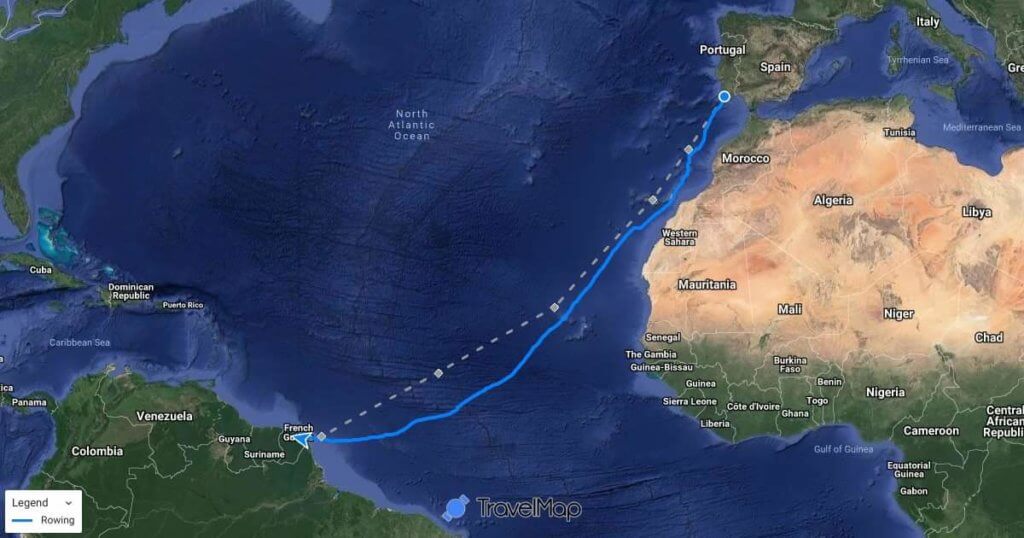
Prepare Mentally for the Highs and Lows
If you spend sixty-seven days at sea, extremes of emotions are inevitable. So, be prepared for that.
“There were definitely miserable times on the boat but I was so happy doing it. There were one or two days there that were really hard. A good friend of mine, David Higgins, died while I was away. I received the news in an email and that was so hard. On top of that, we were experiencing really bad weather and all of the stuff that was going on with the crew… it was difficult”
“But despite all of that, I think I had some of the happiest moments in my entire life out on that boat. It was strange, it would be 1 am and I would be rowing away and I remember looking up at the stars. Because there’s no light pollution, there are no clouds, you can just see everything. And I was just there smiling away to myself and thinking, ‘this is one of the happiest moments of my entire life.'”
A Typical Day on the Ocean
This is a typical day on the oars according to Danny. “You row for two hours, rest for two hours. So imagine you finish your shift, the changeover has to be pretty quick on the oars or else the boat will go sideways on the waves. When you get off the oars you go to the toilet in a milk carton. You have to try and wash yourself then. We were short on water so I used a cloth dipped in salt water to try and wash off the heavy salt off. Then, I’d get one baby wipe and wipe off the rest. Then I’d get into the cabin, eat a little bit of food and try and get a bit of rest.
“Sleeping was difficult for me. Your whole rest period is two hours but you’re not really getting any rest. At the end of the two hours, you have to use like ten minutes getting up and getting changed. Then you do your shift then and row away through that. Sometimes I listened to Spotify or a podcast or audio books. I spent a lot of time thinking away in my own head, I pretty much thought through every moment that happened in my entire life, through every single memory. I don’t recall ever being bored.”
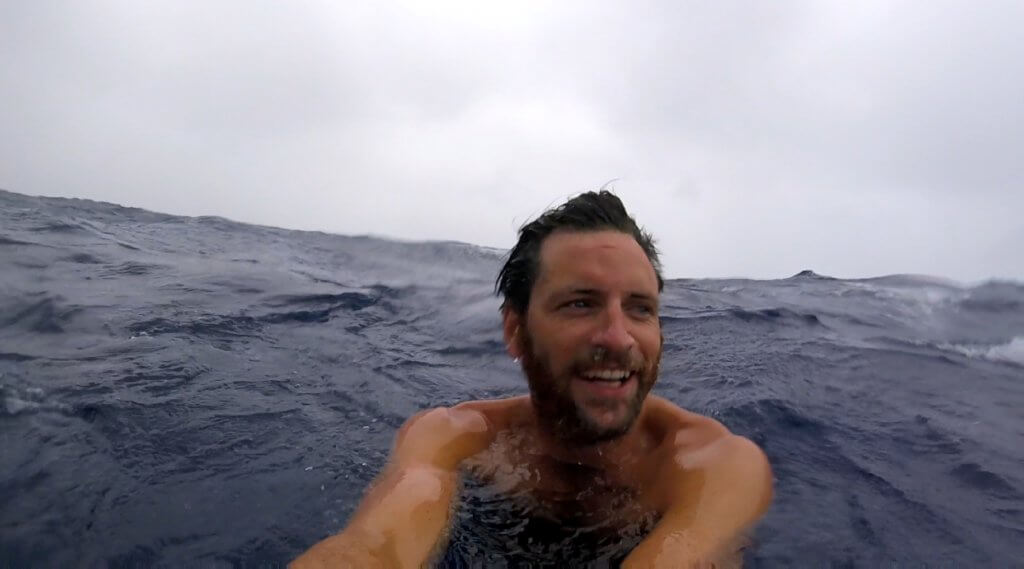
Don’t Over Pack
Don’t fret over packing and end up bring your whole wardrobe, you don’t need much to row an ocean. Danny says, “You can pretty much row across the Atlantic in one pair of shorts. We brought so much stuff we never used. I brought a sleeping bag, which I used three times max.”
Get Ready to Be Sea Sick
Seasickness – you won’t escape it. It hit Danny on the third night, “The sea anchor is like a giant parachute you put out into the water. You put that out when you’ve got bad weather blowing you the wrong direction or the boat could be unstable. The waves could hit you side on and as soon as you put that out the movement of the boat completely changes from what it was. As as soon as that goes out, I know that five minutes later I’m going to get sick.”
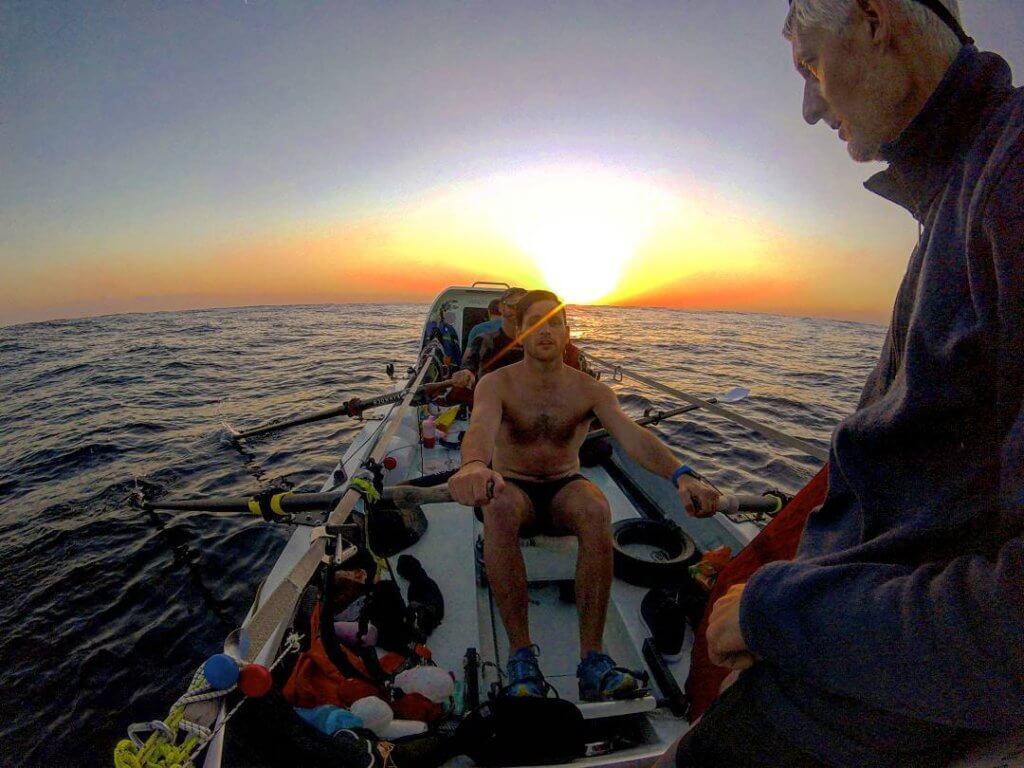
Take Care of Your Body
Your body is going to change and big time and the key is to limit the damage caused. Danny says, “You get a lot of salt sores built up on your body, under your arms, between your legs, your groin, your ass, anywhere where skin meets skin basically. So salt water is splashing on you and then it dries and the salt is just left rubbing off of your skin. Salt is completely aggressive.
“After every single shift, take a baby wipe and wipe it off even if you don’t feel you need it because what happens is you finish one shift and you ignore it, that’s when you do the damage and once it’s on, you can’t get rid of it. You end up puting talcum powder or sudocreme on it, you find your own way of treating it but none of them really work. As soon as you get on land and get a shower, they stop because fresh water just washes away all of the salt.
“Swimming out there is amazing, you just look down and see blue, just 15,000 feet of pure blue.”
“Looking back I would definitely look after my body better. I had terrible problems with my hands when I came back. My hands were like claws. Every time I went to sleep I’d wake up with my hands clenched in fists and I’d have to pry them open and that went on for a few months. So I would definitely do a bit more stretching.
“Food would be another big thing I would do differently. I would get rid of sugar. The food we were eating was laden with sugar and we had these energy gels and energy bars. The company was saying you take one gel before exercise, two gels for each hour of exercise and one after exercise, that’s six gels per shift, 36 gels per day, that works out at like 1kg of sugar a day. You feel tired all the time but taking on all of that sugar just makes you get sugar spikes. You’re tired, you take on sugar, you’re all good and then 20 minutes later you just crash. Constantly peaking and crashing just isn’t good for you, it isn’t good for the body. It just dehydrates you. It took maybe six months for my body to get back to normal.

Leave No Trace
If you are going to row across an ocean, we implore you to leave it a cleaner place than how you found it. “We made a point of bringing home every single bit of rubbish we brought with us. We brought some tinned food and we’d wash them out, squash them down and pack it away.
“The amount of rubbish you see in the middle of the sea is sickening. At one stage we came across a couple of helium balloons floating on the surface from some theme park in America. There’s so much wildlife out there, like giant turtles and then you just see these giant pieces of plastic floating by. It’s depressing,” says Danny.
Damian Browne: The Rugby Player Who Rowed Across The Atlantic Ocean
Don’t Build Up the Finish Line
The decision to do the row independent of a race does have one clear negative. There is no big finish. “When we got to the far end it was a complete anti-climax. I didn’t feel anything at all, we just got off the boat. There was no one there to meet us or anything and we just start walking. It was 5 am and it was pissing rain in the middle of a rainforest and there were mosquitoes everywhere and we ended up walking for 6km until we got to a petrol station. Now, bare in mind we hadn’t walked for about two months so our legs and joints weren’t even used to walking. You still have your sea legs, your body just starts rocking and you can’t walk in a straight line.”
Get Ready To Be Amazed
The ocean is incredible and you are going to see the very best of it in all its majestic glory! What Danny saw makes us green with envy, “We saw dolphins and sperm whales – they just make the boat look tiny. You get flying fish that jump into the boat a lot, especially at night time when you have your head torch on. They used to be always hitting Duncan, one of the British lads, on the head.
“You’d see squid as well. At around 3 am, all these squids would rise up to the surface and they’d flash these incredible colours which was just amazing. Then maybe half an hour later, all the babies would come up and they glow bright green like those stars you put on a ceiling for a kid. The whole ocean would be just bright green for miles and miles. As well as that, you get to see bioluminescence, with every oar stroke the ocean would sparkle blue and green.
We also saw the odd shark. I think it was on my birthday, we got in for a swim and 20 minutes later we saw this fin popping up. Swimming out there is amazing, you just look down and see blue, just 15,000 feet of pure blue.”
Danny loved it so much, he is planning to do it all over again in April 2019.
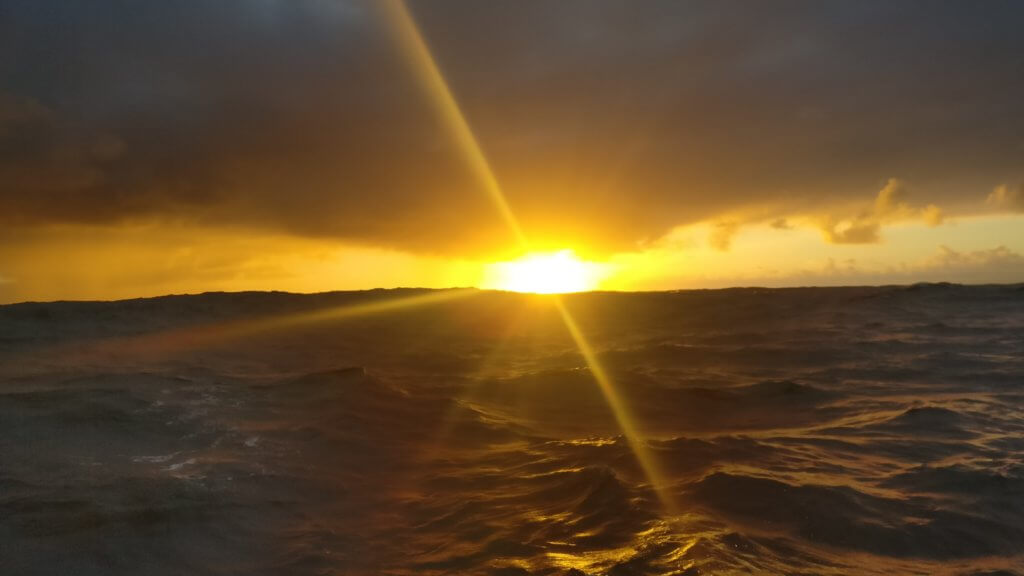
Have you listened to our podcast yet?!
Like this? You should check these out:
- Summit of My Life: Jason Black’s K2 Epic
- Endurance Injury Prevention: Tips from the Professionals
- To the Test: Petzl ACTIK CORE Headtorch


